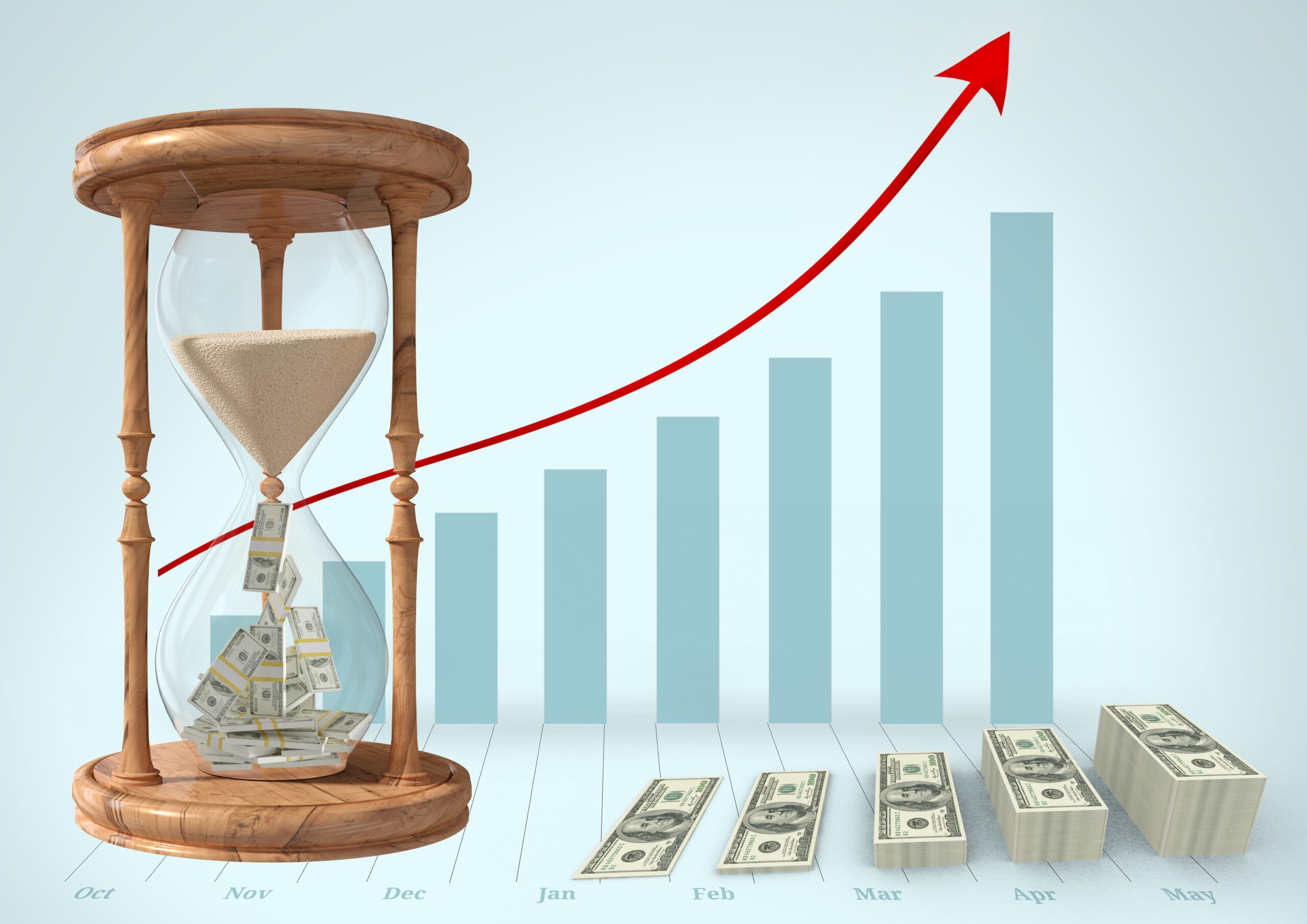In a significant development, the Reserve Bank of India (RBI) has taken action on consumer loans, prompting experts to predict potential rate hikes by banks and non-banking financial companies (NBFCs). The adjustment in risk weight requirements is set to have far-reaching consequences, affecting the capital adequacy ratio and overall profitability of these financial institutions.
RBI’s Caution and Recent Decision
During the October monetary policy committee (MPC) meeting, RBI Governor Shaktikanta Das highlighted concerns over the rapid growth in specific segments of consumer credit. This led to a stern caution directed at banks and NBFCs, urging them to exercise prudence in this regard.
On November 16, the RBI implemented a 25 percent increase in the risk weight on consumer loans for both banks and NBFCs. Prior to this adjustment, banks carried a risk weight of 125 percent, while NBFCs held 100 percent. With the recent change, these figures have been revised to 150 percent for banks and 125 percent for NBFCs, respectively.
Implications on Capital Adequacy and Profitability
Consumer loans encompass various financial products, such as credit cards, personal loans, and retail loans. The elevation in risk weight necessitates lenders to allocate higher capital against these loans. This, in turn, poses challenges to the capital adequacy ratio of banks and NBFCs, impacting their profitability.
Industry experts foresee a marginal strain on profits, attributing it to the escalating exposure of banks and NBFCs to unsecured and consumer loans in recent quarters. The accelerated growth in these segments, coupled with the RBI’s intervention, is expected to decelerate the pace of expansion, consequently affecting profitability.
Lending Rates and Borrower Impact
To address the concerns raised by the RBI and curb the rapid growth in certain consumer loans, banks and NBFCs are likely to resort to an increase in lending rates. This strategic move aims to meet the higher capital requirements imposed by the central bank, ultimately influencing the cost of borrowing for consumers.
Karthik Srinivasan, Senior Vice President and Group Head, Financial Sector Ratings at ICRA, emphasizes that the RBI’s decision is poised to elevate the capital requirements for lenders, leading to an inevitable rise in lending rates for borrowers.
RBI’s Directive for Prudent Practices
Reiterating the need for robust risk management and stronger underwriting standards, RBI Governor Shaktikanta Das underscored the importance of internal surveillance mechanisms. The circular issued on November 16 outlines the increase in risk weight for consumer credit exposure, excluding specific categories such as housing loans, education loans, vehicle loans, and loans secured by gold and gold jewellery.
For NBFCs, the risk weight extends to retail loans, excluding housing loans, educational loans, vehicle loans, loans against gold jewellery, and microfinance/self-help group (SHG) loans.
The latest sector credit data reveals a substantial growth in banks’ exposure to personal loans. In the September 2023 quarter, this exposure reached Rs 48.26 lakh crore, compared to Rs 37.02 lakh crore in September 2022. Top Indian banks, including HDFC Bank, ICICI Bank, and Kotak Mahindra Bank, exhibited aggressive lending in the unsecured loan segment, with notable increases in their portfolios.
HDFC reported a 15.5 percent growth in personal loans, ICICI Bank saw a 40 percent increase, and Kotak Mahindra Bank’s unsecured portfolio expanded by 49.76 percent in the July-September FY24 quarter.
Conclusion
As the banking sector grapples with the repercussions of the RBI’s measures, the anticipated rise in interest rates is poised to reshape the landscape of consumer loans. The need for a balanced approach to lending, coupled with adherence to prudent risk management, remains crucial for sustaining the financial health of banks and NBFCs in the evolving economic scenario.











